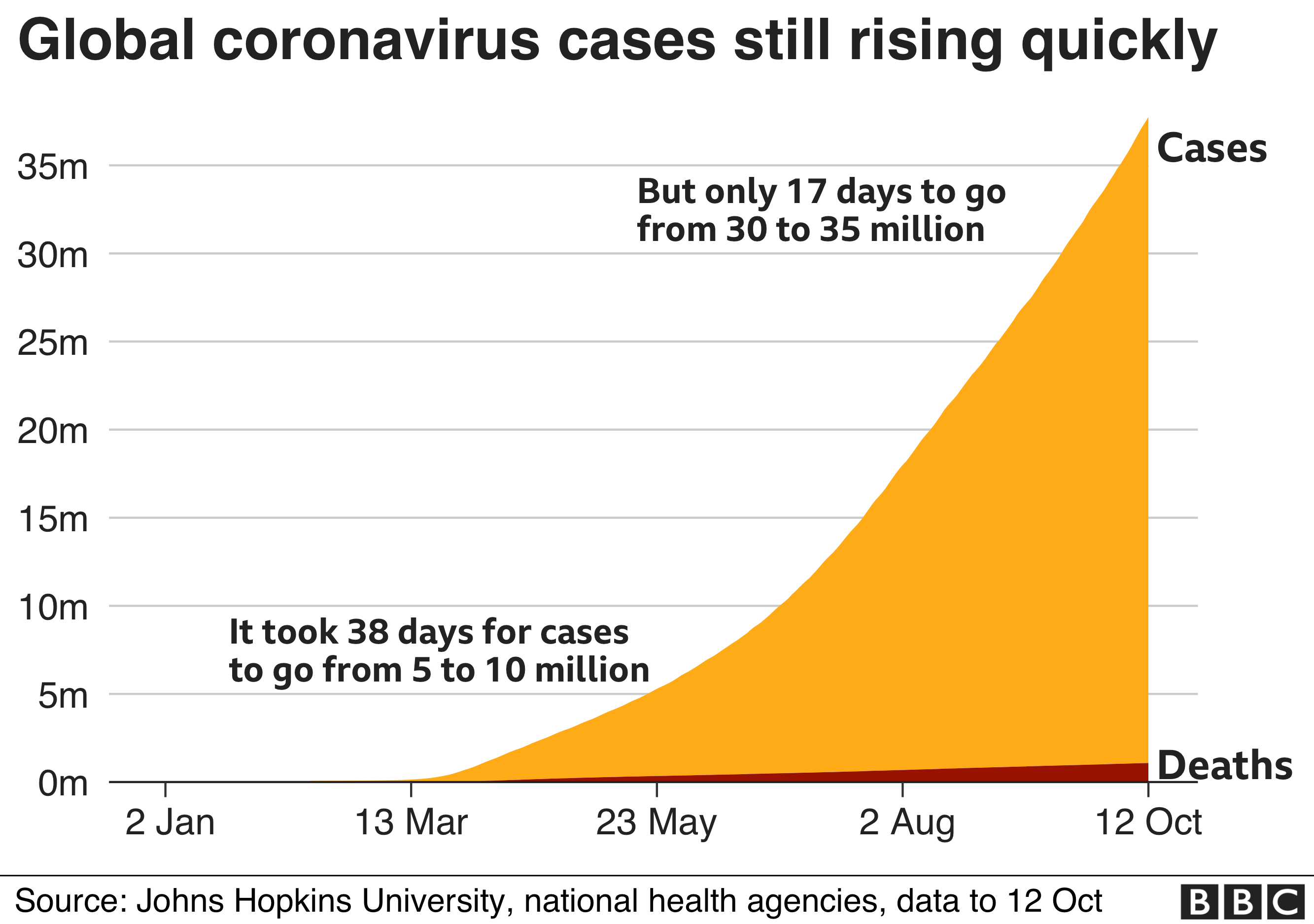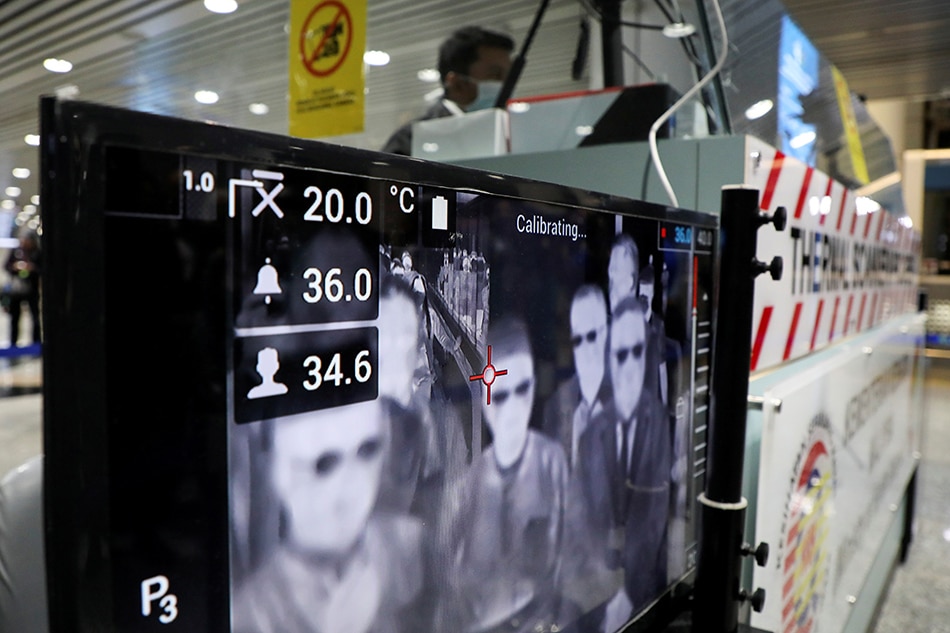
 Cohen JI et al, Reinfection with SARS-CoV-2: Implications for Vaccines, Clinical Infectious Diseases, ciaa1866, DOI: 10.1093/cid/ciaa1866. Reinfection of SARS-CoV-2 in an immunocompromised patient: a case report. A case of early re-infection with SARS-CoV-2. Genomic evidence for reinfection with SARS-CoV-2: a case study. Serum antibody profile of a patient with COVID-19 reinfection. COVID-19 re-infection by a phylogenetically distinct SARS- coronavirus-2 strain confirmed by whole genome sequencing. Ī later review in CID discuses the clinical implications of reinfection, especially in the context on vaccines against COVID-19. Links are included to detailed reports.Ĭurrently it list 30 confirmed cases (including 1 death) from 14 countries and more than 2000 suspected cases (including 25 deaths). commentĪn online database tracks both suspected and confirmed cases of people who experience COVID-19 more than once. Phylogenetic analysis of the two strains showed differences in ten nucleoside positions that was more likely to be from a second infection rather than developing from prolonged shedding. Unfortunately this became progressively severe and the patient died after two weeks. Then, 59 days from the first symptoms, two days after a second course of chemotherapy, she was diagnosed with SARS-CoV-2 for a second time. She was also diagnosed with SARS-CoV-2 and discharged after five days. įinally, a fourth case, reported this week in CID, was an 89 year old immunecompromised women treated with B-cell-depleting therapy for Waldenström’s macroglobulinemia. Genetic sequencing of the partial first virus showed distinct differences to the second infection and included a high-confidence variation. He remained healthy for 51 days before developing fever, cough and other symptoms on 24 May that were significantly worse that the first infection.
Cohen JI et al, Reinfection with SARS-CoV-2: Implications for Vaccines, Clinical Infectious Diseases, ciaa1866, DOI: 10.1093/cid/ciaa1866. Reinfection of SARS-CoV-2 in an immunocompromised patient: a case report. A case of early re-infection with SARS-CoV-2. Genomic evidence for reinfection with SARS-CoV-2: a case study. Serum antibody profile of a patient with COVID-19 reinfection. COVID-19 re-infection by a phylogenetically distinct SARS- coronavirus-2 strain confirmed by whole genome sequencing. Ī later review in CID discuses the clinical implications of reinfection, especially in the context on vaccines against COVID-19. Links are included to detailed reports.Ĭurrently it list 30 confirmed cases (including 1 death) from 14 countries and more than 2000 suspected cases (including 25 deaths). commentĪn online database tracks both suspected and confirmed cases of people who experience COVID-19 more than once. Phylogenetic analysis of the two strains showed differences in ten nucleoside positions that was more likely to be from a second infection rather than developing from prolonged shedding. Unfortunately this became progressively severe and the patient died after two weeks. Then, 59 days from the first symptoms, two days after a second course of chemotherapy, she was diagnosed with SARS-CoV-2 for a second time. She was also diagnosed with SARS-CoV-2 and discharged after five days. įinally, a fourth case, reported this week in CID, was an 89 year old immunecompromised women treated with B-cell-depleting therapy for Waldenström’s macroglobulinemia. Genetic sequencing of the partial first virus showed distinct differences to the second infection and included a high-confidence variation. He remained healthy for 51 days before developing fever, cough and other symptoms on 24 May that were significantly worse that the first infection. 
This was a 42 year old man who was diagnosed with symptomatic COVID-19 on 21 March 2020 that resolved with out-patient management within 10 days. Ī third case also reported reinfections within a short time. Sequence analysis showed the viruses were unlikely to be linked.

Both infections were symptomatic, but the second led to more severe disease requiring hospitalisation and oxygen support. Ī second case, reported on 31 August and just published in Lancet Infectious Diseases, was of a 25 year old man in Nevada who was infected in March, recovered in April and then experienced a second infected in May 2020. During reinfection, neutralising antibody and high avidity IgG were found within eight days of hospitalisation, but an IgM response was not detected. Īnother paper from the same group reported that serum neutralising antibody was detected during the first infection but not at presentation of the second. Phylogenetic analysis showed that the two viral genomes had different clade/lineages. Although hospitalised, he remained asymptomitic. On 15 August, more than 140 days since the first infection, he tested positive a second time while asymptomatic due to travel-related screening (returning to Hong Kong from the UK). The first case, reported in August, was a 33-year-old Hong Kong resident who was diagnosed and hosptialised with COVID-19 in March 2020, and discharged after 17 days.







 0 kommentar(er)
0 kommentar(er)
